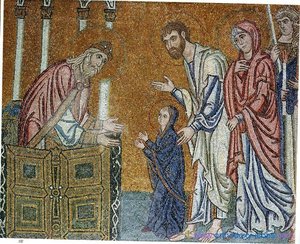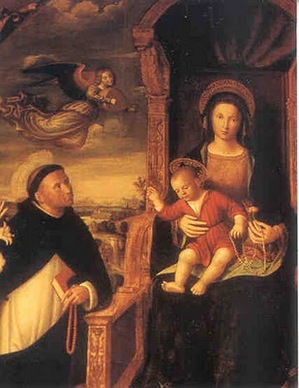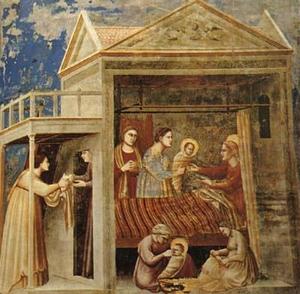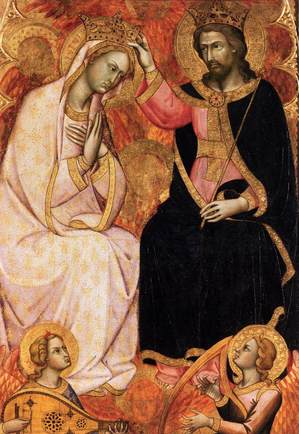Today we celebrate the Feast Day of Our Lady of the Miraculous Medal. On this day, November 27th, in 1830, the Immaculate Virgin Mary appeared to Saint Catherine Laboure in the chapel of the motherhouse of the Daughters of Charity in Paris.
At one point during the apparition Catherine saw Our Lady standing on a globe, with dazzling rays of light streaming from her outstretched hands. Framing the figure was an inscription: O Mary, conceived without sin, pray for us who have recourse to thee.
Mary spoke to Catherine: “Have a medal struck upon this model. Those who wear it will receive great graces.” The Medal of the Blessed Virgin Mary, popularly known as the Miraculous Medal, was approved by Pope Leo XIII on July 23, 1894.
For more info, visit…







